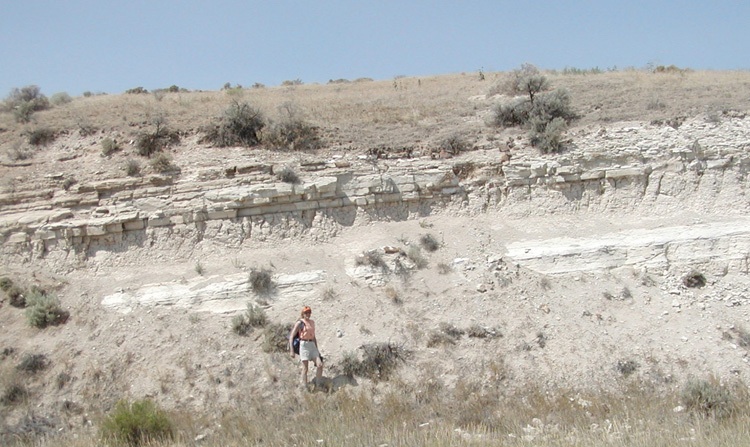
Volcanic Glass
For decades the Utah microprobe lab has been a leader in the analysis of volcanic glass. The applications include, among many, volcanology, hominid evolution, and archeology. We estimate that we have analyzed over 120,000 individual glass shards in the last decade. For silicic glasses we routinely analyze: O, F, Na, Mg, Al, Si, Cl, K, Ca, Ti, Mn, Fe, Zr and Ba. P is added for basaltic glasses. The direct determination of oxygen allows for an assessment of the quality of the analysis, particularly in hydrated samples.
Instrument parameters, especially beam current and analysis spot size (beam diameter), are selected according to the particular demands of the sample. Under optimum circumstances with large homogeneous obsidian fragments or ash shards, a defocused beam of up to 25 microns can be used that allows for higher beam currents (25 nA) providing superior precision without encountering sodium migration and its attendant issues. When spatial resolution demands it (small tephra fragments or obsidians with abundant phenocrysts), beam size and current may be reduced, accompanied by shorter counting times for sodium.
Recent round-robin analytical campaigns on glass samples in which we have participated include the MPI-DING synthetic glasses (Joachum et al., 2004; lab # 28) and INQUA-INTAV tephra standards (Kuehn et al., 2010; lab # 5).

